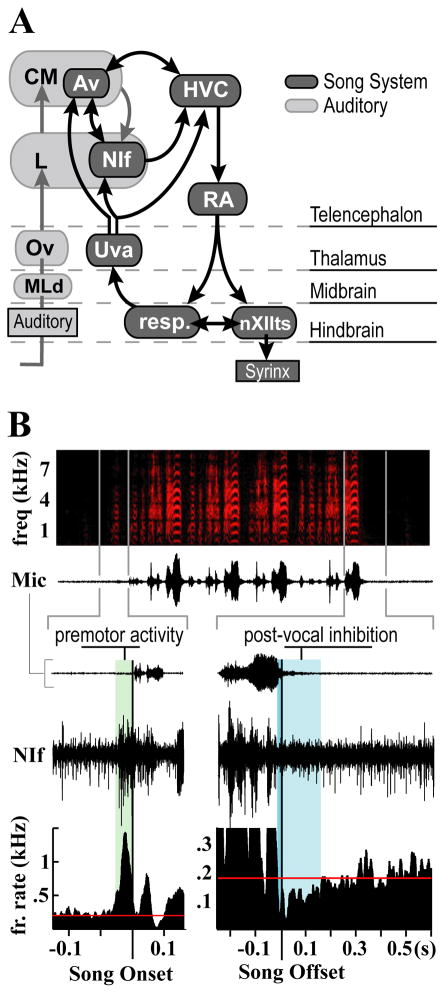Figure 1. Connectivity and characteristic premotor activity distinguish NIf from surrounding auditory nuclei.
(A) Schematic of the main auditory and vocal motor pathways in the avian brain. Auditory information reaches NIf from the caudal mesopallium (CM), a secondary auditory area (Vates et al., 1996), and nucleus Avalanche (Av), which is part of the CM. HVC and the robust nucleus of the arcopallium (RA) make up the telencephalic portion of the descending motor pathway which controls vocal output through projections onto brainstem respiratory nuclei and the tracheosyringeal portion of the hypoglossal nucleus (nXIIts). Song pattern generation and interhemispheric coordination are believed to involve a recurrent loop that includes HVC, RA, nuclei of the respiratory complex, and thalamic nucleus uvaeformis (Uva), which also projects to NIf and Av. Av is included with the darker shaded song system nuclei to highlight its strong interconnectivity with NIf and HVC, and the projection it receives from Uva. Abbreviations: MLd: dorsal lateral nucleus of the mesencephalon; Ov: nucleus ovoidalis.
(B) Exemplar site demonstrating NIf’s characteristic premotor activity patterns. Top, spectrogram and amplitude waveform of a song with four motifs. Bottom, expanded time views of multiunit activity around the first introductory note and the final motif of song. Plotted below are peri-stimulus time histograms (PSTH) showing average firing rate centered on the onset of the first introductory note (left) and the offset of the last motif (right) of song. The time lag from premotor onset to vocal onset is highlighted in green. Premotor activity ceases shortly before the offset of vocal production (highlighted in dark blue) and remains suppressed past the end of vocal output (highlighted in light blue). Red line represents baseline firing rate.

